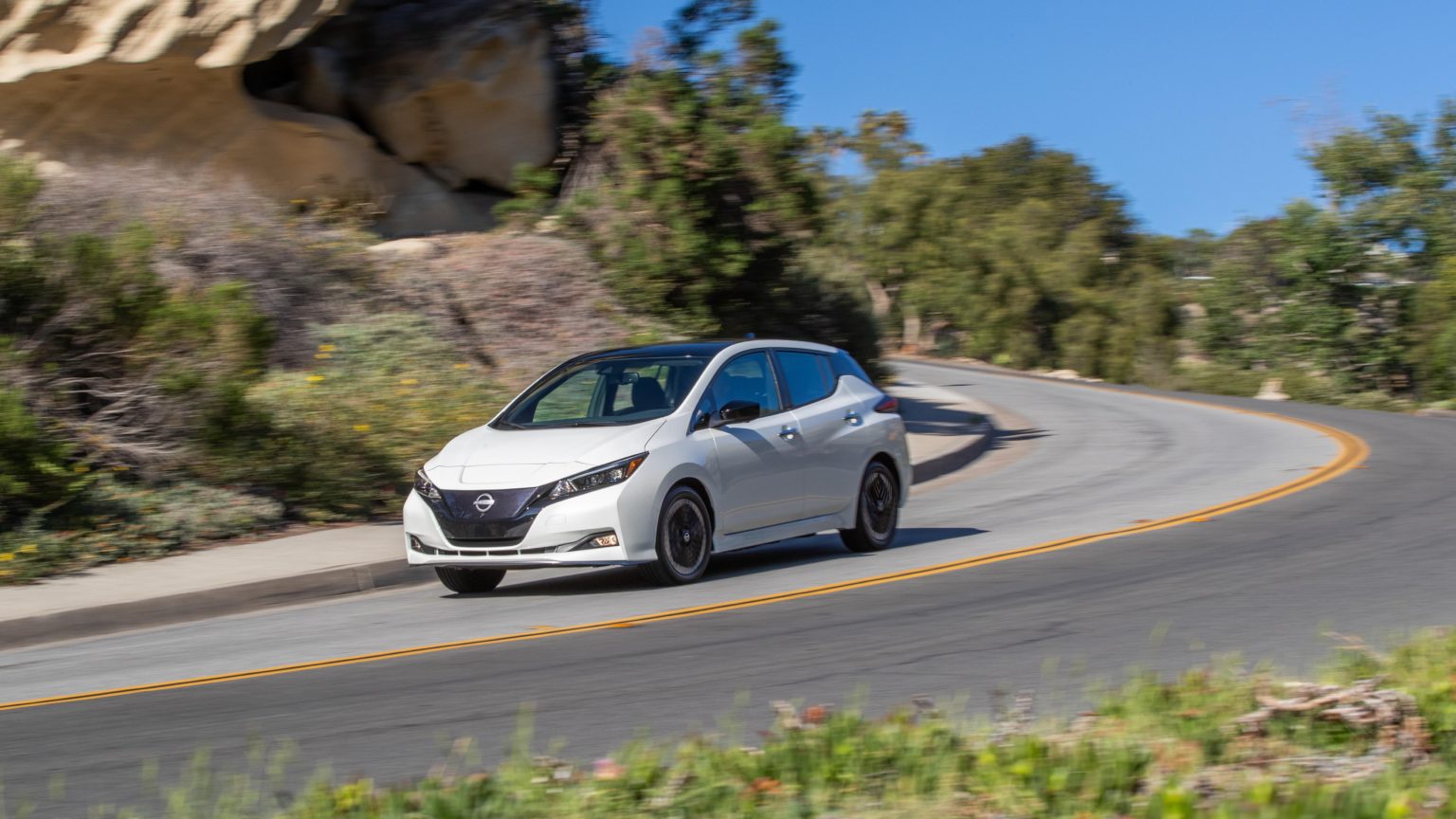New to Your Test Driver? Check out our new car reviews, product recommendations, and cool features. Want to see something else? Let us know!
There’s a tremendous amount of information in the Inflation Reduction Act passed by congress and signed into law by President Biden in August. For prospective EV owners, Section 30D of the Act is critical to understand. There are many changes that directly impact electric vehicles, and it’s all important to know before you head out shopping for a new – and now used – electric vehicle. Here are the top 9 things to be aware of before you buy an EV:

The EV has to be produced in North America
Before the Inflation Reduction Act, any EV produced anywhere was eligible for the full federal tax credit. No more. The very first thing to be phased in after the Act’s passage was that in order to qualify for a tax credit, any EV purchased after August 16, 2022, must have its final assembly take place in North America. Vehicles that currently DO NOT qualify for the tax credit include:
Audi e-Tron lineup
BMW i4 and iX
Hyundai Ioniq 5
Kia EV6
Mazda MX-30
Mercedes-Benz EQE
Nissan Ariya
Porsche Macan
All of the Polestar vehicles
Subaru Solterra
The $7,500 EV tax credit is extended through 2032
The tax credit was set to expire, but the Act extends the $7,500 credit for qualifying new vehicles through 2032.

Used EVs qualify for a $4,000 federal tax credit
After December 31, 2023, qualifying used EVs are eligible for a $4,000 tax credit. That’s massive news. The used EV market has been pretty grim, and potential buyers are scared off by the idea of having to replace a battery out of warranty. The $4,000 tax credit might provide some incentive to buy one. To qualify, used vehicles must be at least two years old and be under a purchase price of $25,000.
The Act eliminates the 200,000 unit manufacturer cap in 2023
Initially, the idea of the tax credit was that it incentivized manufacturers to build EVs and then wean consumers off the tax credits after they’d reached a 200,000 unit cap. But the cap puts the manufacturers who got in early at a real disadvantage. Nissan, for example, essentially launched the mass-market EV in the United States with the Leaf in 2011, long before any other manufacturer had tested the market and learned more about who EV consumers actually were. Nissan burned almost all of its tax credits on an economy car, while manufacturers like Ford have sold vehicles at a much higher price point. This levels the playing field for the early adopters.

Battery metals must meet stringent country of origin rules.
The Act specifies stringent rules on where the metals come from for EV batteries. The new law details that 40 percent of the metals in an EV’s battery must come from North America, OR a country that the United States has a free-trade agreement with. By 2027, that requirement will increase to 80 percent. If the battery doesn’t meet that threshold, a vehicle only qualifies for half of the full tax credit.
Battery components have to meet even stricter rules.
The other half of the tax credit is based on where the battery components come from. In immediate model years, 50 percent of a battery’s components have to come from North America. By 2029, that requirement scales up to 100 percent. The Alliance for Automotive Innovation says that no EV produced today would qualify for the full credit with that requirement, but this gives the manufacturers seven years to invest in North American companies to produce the components.
Chinese materials don’t qualify at all
By December 31, 2023, EVs with minerals and components sourced from China will no longer be eligible for any tax credit. Ford, GM, and Tesla are all investing in battery plants here in North America, but the timeline for launch stretches beyond the 12/31/2023 deadline.

MSRP caps apply to new purchases
If you were hoping to get a tax credit on that Hummer EV, you’re out of luck. Beginning at the end of 2023, a qualifying sedan has to have an MSRP of less than $55,000. A qualifying truck, van, or SUV has to have an MSRP under $88,000.
Income caps also apply
Up until now, anyone could get a tax credit on an EV. After December 31, 2023, qualifying EV shoppers would have to have individual income under $150,000 and joint income under $300,000.
NHTSA has a VIN search tool on its website that allows potential EV owners to run the VIN of their target vehicle to figure out whether it qualifies for a tax credit.
All of the changes in the Inflation Reduction Act are aimed at addressing some of the criticisms of the old tax credit, namely that China seemed to be a significant beneficiary of the program. It challenges manufacturers to build vehicles in North America and move the battery supply chain either to the United States or to countries with which the U.S. has equitable trade policies. For more information on the EV portion of the Inflation Reduction Act, see Section 30D.









